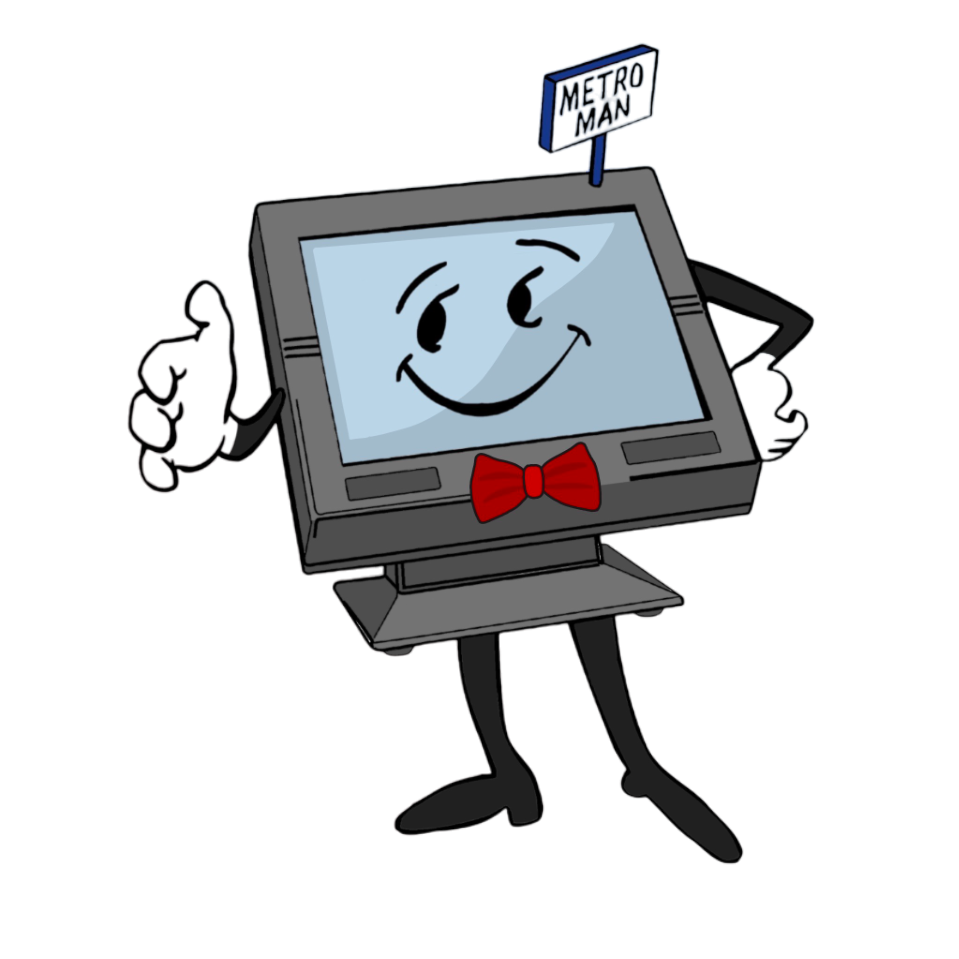Thoughts from the Point of Sale

This series will discuss various considerations when choosing your point-of-sale system for your event(s). Most topics will be relevant, whether you purchase or rent the system. The more you know about point-of-sale cash register & iPad rentals and how to maximize its impact on your event, the better decisions you’ll make about it.
PART 1: INFRASTRUCTURE
What infrastructure is needed for my event?
Today, more and more systems are completely cloud-based. Thankfully, the old days of running miles of Ethernet cable are behind us. Most iPad rental systems depend exclusively on Wi-Fi for their internet connection. Others can use Wi-Fi if it is stable and switch to a backup cellular connection if the Wi-Fi is failing. With Wi-Fi or Cellular, their systems do not work without that connection.
The following enhancement to cloud-based iPad systems is the ability to store transactions if the internet becomes unusable. The stored transactions are forwarded to the processing company when communication is re-established. This is very important: with stored transactions, you accept the risk that a card may be fraudulent or the account is without funds. Some premier systems today are so stable and sophisticated that they offer guarantees on collecting 100% of offline transactions, eliminating all risk.
The other consideration is power. Indeed, the ideal scenario is having power at iPad or cash register point of sale location. In specific environments, running power is not possible or practical. Where power isn’t an option, battery-powered equipment is the answer. Unfortunately, most point-of-sale equipment cannot run on battery power or for a short time. The exception would be mobile-designed devices such as iPads or Android tablet-based systems. They have a battery life that should give you several hours of continuous use. Even battery packs available can effectively double the number of hours of use. Having backup points of sale where systems run strictly on battery power is highly recommended.
PART 2:
Designing the POS Area
Does the design matter? When considering the physical design of your payment area, the layout is essential. A well-designed layout can allow you to get 15–20% more people through the line. Let us look at the different checkout area types:
Belly-Up: This is used at most concession stands and quick-service retail and food operations. A customer walks up, orders and pays, gets their order, turns around, and returns the way they came.
Variable 1:Food or merchandise is prepared and ready to “grab & go.”. In this case, it is best to have the ordering done in the middle of the counter and have the customers exit toward the outside. Ideally, in a tented or stand-alone structure, checkout locations will be on three sides. This is not always possible if tents are all in a row with no separation. If possible, having two POS terminals on each of the three sides and funneling customers to the outside is best.
Variable 2:The order is taken, then the runner goes to get the product. For merchandise, there is often a “Let me see that one in a medium.” This is expected; therefore, more time must be allowed, or extra points of sale must be planned to accommodate the extra time. There needs to be a dedicated waiting area for customers to gather for food orders that need to be prepared after the order is taken. Keeping the lines well-organized pays great dividends in this environment.
Pass-through:This is how grocery stores design their checkout areas. This industry spends millions of dollars creating new ways to make the checkout process more streamlined and, thus, faster. Whenever possible, the pass-through method is superior. This is true when a customer arrives at the checkout area with many products. Having the customer come from one direction and exit straight ahead eliminates head-on traffic, causing confusion and another slowdown. The downside is that it takes up more floor space than the belly-up design.
BUSINESS HOURS
- Monday-Friday: 8am to 4:30 pm CST
- Saturday: Closed
- Sunday: Closed
You can also reach our support hotline 24 Hours a day: (888) 645-4876

